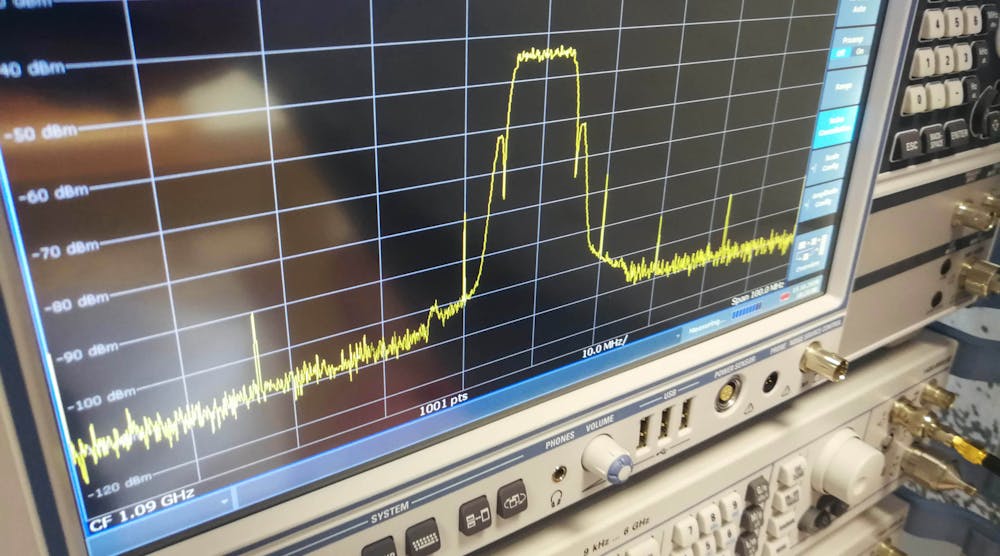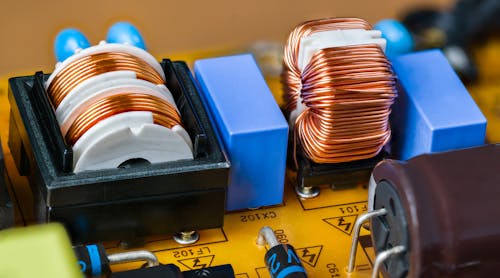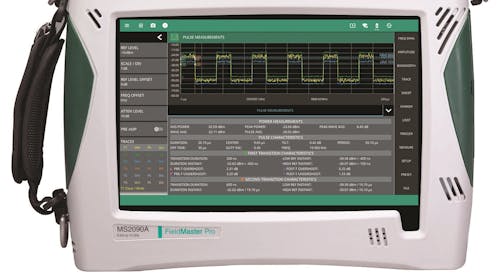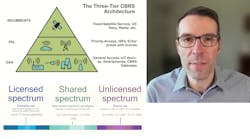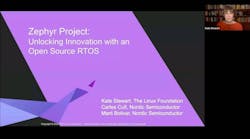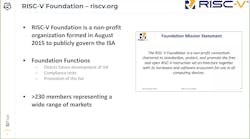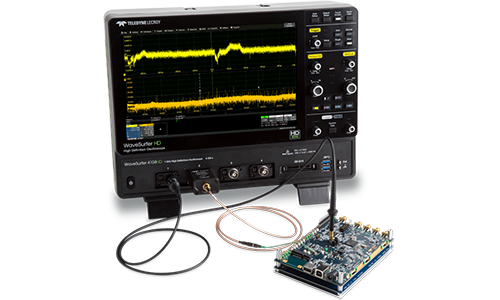This article is part of theTechXchange:Delving into EMI, EMC and Noise
Memberscandownload this article in PDF format.
What you'll learn:
- What is real-time spectrum analysis?
- Spectrum (FFT) vs. real-time mode for viewing spikes.
- What is needed to test for conducted and radiated emissions?
If you’ve ever tried to perform electromagnetic-interference (EMI) testing for compliance on intermittent or rapidly varying frequency or amplitude signals, you know that this effort is very difficult. Traditional swept or scanned spectrum-analysis methods will not respond fast enough to reliably capture these kinds of EMI events.
Enter real-time spectrum analysis (RTSA), which has a decided advantage over those scanned or swept spectrum-analysis methods to troubleshoot EMI.
EMI consists of an interfering source, a coupling path, and a susceptible device. Failures may occur in a susceptible device in the form of equipment damage, degraded performance, and/or functional failures.
Radiated and Conducted Emissions
When using a spectrum analyzer forconducted emissions(CE) tests, a line-impedance stabilization network (LISN) should be used for impedance matching. This will help avoid an erroneous reading due to a mismatched impedance. When a LISN is activated, any changing capacitance electric charge will have a current flow for a brief period of time. A transient limiter can be placed between the LISN and the spectrum analyzer.
Radiated emissions testing on an RTSA requires a sensitive receiver, antenna, and an adequate test area that will ensure no other outside radiated emissions than the one being tested. An anechoic chamber would be optimum, but an open-area test site (OATS) would also be adequate.
Viewing Spikes in Standard FFT or Real-Time Mode
Spectrum mode
This mode is standard fast-Fourier-transfer (FFT) mode. An antenna will be set up at the spectrum-analyzer input on the front panel. Users may want to set up a 100-MHz center frequency that has a 40-MHz span with a 100-kHz resolution bandwidth filter. Now we need to set up some sort of spark device to simulate an intermittent or rapidly varying frequency or amplitude signal.
Real-time mode
Real-time diagnostics can give users superior insight into the spectral components of fast transient signals, which can be non-recurring, sporadic, or random in nature.
The RTSA method will help users to capture and visualize transient and high-speed repeating events that aren’t able to be seen via traditional spectrum analyzers. RTSA relies on overlapping FFTs along with high-speed memory, enabling a maximumprobability of intercept (POI). (For 100% POI, a signal needs to have a long enough duration to guarantee its presence in an entire FFT.)
Designers also trying to identify emissions that are hidden within ambient signals will find that real-time technology is very helpful in locating multiple signals within a shared frequency space.
Meeting EMI Compliance in the Presence of Fast Transient Signals
Designers trying to achieve compliance with EMI standards, especially in the presence of intermittent or quickly changing amplitudes or frequencies,1will face difficulty in observing and characterizing such time-varying signals when using traditional scanned and swept spectrum-analysis methods. These methods will respond much too slowly in trying to capture emissions reliably.
Thefigureshows a block diagram of a state-of-the-art spectrum analyzer that has a digital IF section. Thanks to the advanced display ability of an RTSA, users can identify emissions hidden by ambient signals, capture low repetition transient signals, and analyze emissions characteristics.
Main Attributes of an RTSA
- Gap-free analysis: The RTSA performs all computations continuously and quickly, keeping up with input-signal changes, with no gap or loss of data, all the while keeping accurate amplitude readings.2
- Wide-bandwidth signal-capture capability: The RTSA is able to capture short-duration signals.
- Advanced composite displays:RTSA显示提供了更好的信号的细节than swept-tuned equipment. There are two displays in an RTSA –the “density display” displays signal changes over time to reveal transient events, and the “spectrogram display” presents frequency spectra vs. time, using color to indicate magnitude.
Summary
A real-time spectrum analyzer proves to be a very powerful tool to diagnose intermittent signals and spikes. Traditional spectrum analyzers often have difficulty in reliably observing such signals. Ultimately, EMI compliance becomes far easier to achieve due to the unique capabilities of an RTSA.
Read more articles in theTechXchange:Delving into EMI, EMC and Noise
References
1. “Diagnosing EMI Problems Using Real-Time Spectrum Analysis,” Keysight Technologies.
2. “Let’s talk about real-time spectrum analyzers,”In Compliance, 2019.
